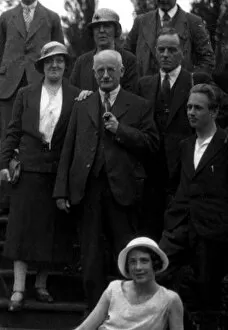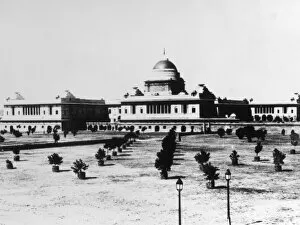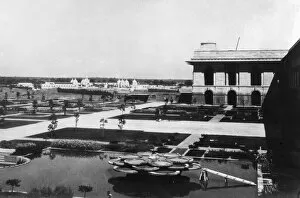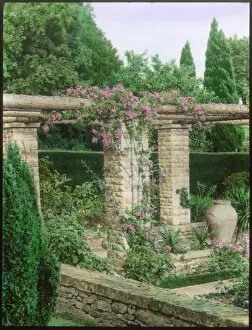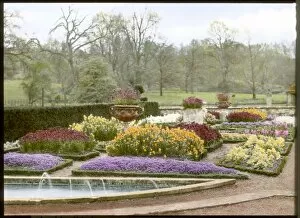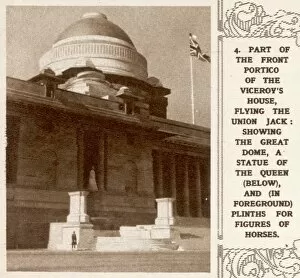Lutyens Collection (page 2)
"Lutyens: A Legacy of Architectural Brilliance and Artistic Influence" Step into the world of Lutyens
All Professionally Made to Order for Quick Shipping
"Lutyens: A Legacy of Architectural Brilliance and Artistic Influence" Step into the world of Lutyens, where architectural marvels and artistic creations intertwine seamlessly. From the grandeur of Liverpool Roman Catholic Cathedral to the timeless elegance of fashion design by Eva Lutyens, this name has left an indelible mark on various domains. In Liverpool's Brownlow Hill circa 1930, Lutyens' vision came to life as a testament to his ability to blend tradition with modernity. The result was a structure that stood tall, capturing the essence of its surroundings. But it wasn't just in England where Lutyens made his mark. Across continents, his genius shone through in iconic landmarks such as The Cenotaph in Whitehall, London. This solemn memorial stands as a poignant reminder of sacrifice and serves as a symbol of national unity. Venturing further eastward brings us to Viceroys House at New Delhi, India. Its majestic West Facade showcases Lutyens' mastery in combining intricate details with imposing grandeur—a true masterpiece that stands proud amidst India's rich history. Closer to home lies Trafalgar Square with its National Gallery and Edwin Lutyens fountain—an embodiment of artistry merging effortlessly with urban landscapes. Here, visitors can witness how architecture becomes an integral part of city life. Unveiling the Cenotaph is captured forever in SAM01/02/0074—a moment frozen in time when reverence meets remembrance. It reminds us all that behind every monument lies stories etched deep within our collective memory. Lutyens' influence extended beyond public spaces; he also crafted exquisite private residences like House At Erskine Hill in Hampstead Garden Suburb or Little Thakeham in Horsham—each displaying unique features that reflect their owners' individuality while maintaining an air of timeless beauty.



